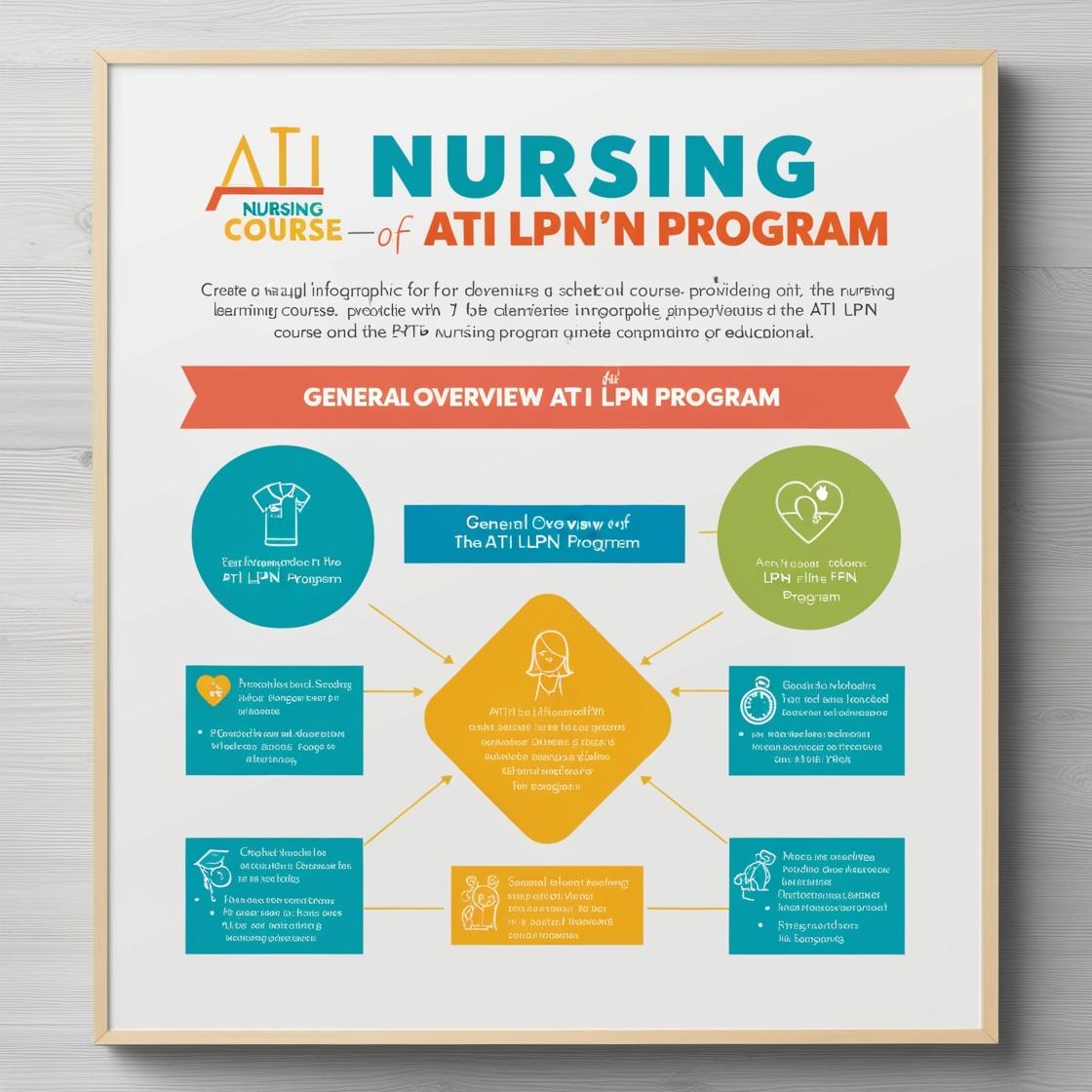LPN LPN
ATI Maternal Newborn
1. During ambulation to the bathroom, a postpartum client experiences a gush of dark red blood that soon stops. On data collection, a nurse finds the uterus to be firm, midline, and at the level of the umbilicus. Which of the following findings should the nurse interpret this data as being?
- A. Evidence of a possible vaginal hematoma
- B. An indication of a cervical or perineal laceration
- C. A normal postpartum discharge of lochia
- D. Abnormally excessive lochia rubra flow
Correct answer: C
Rationale: The nurse should interpret this data as a normal postpartum discharge of lochia. Lochia is the normal vaginal discharge after childbirth, and the gush of dark red blood upon ambulation is typical due to the pooling of blood in the vagina when lying down, which is then released upon standing. The firm, midline uterus at the level of the umbilicus indicates normal involution of the uterus postpartum. Therefore, this scenario is consistent with the expected postpartum physiological changes rather than complications like hematoma, lacerations, or abnormal excessive bleeding. Choices A, B, and D are incorrect because the described findings are more indicative of normal postpartum processes rather than complications such as vaginal hematoma, lacerations, or excessive bleeding.
2. When assisting a client with breastfeeding, which of the following reflexes will promote the newborn to latch?
- A. Babinski
- B. Rooting
- C. Moro
- D. Stepping
Correct answer: B
Rationale: The correct answer is B: Rooting. The rooting reflex is crucial in newborns as it helps them locate the nipple for feeding. This reflex involves turning the head towards a stimulus that touches the cheek or mouth, aiding in the process of latching onto the breast for breastfeeding. The Babinski reflex is the fanning out and curling of the toes when the sole of the foot is stroked, the Moro reflex is the startle reflex in response to a sudden noise or movement, and the stepping reflex is the appearance of taking steps when an infant is held upright with feet touching a solid surface. Therefore, choices A, C, and D are incorrect as they do not play a direct role in promoting a newborn to latch during breastfeeding.
3. A client at 11 weeks of gestation reports slight occasional vaginal bleeding over the past 2 weeks. After an examination, the provider informs the client that the fetus has died, and the placenta, fetus, and tissues remain in the uterus. How should the nurse document these findings?
- A. Incomplete miscarriage
- B. Missed miscarriage
- C. Inevitable miscarriage
- D. Complete miscarriage
Correct answer: B
Rationale: The correct answer is B: 'Missed miscarriage.' In a missed miscarriage, fetal and placental tissues are retained in the uterus after fetal demise, which matches the scenario described in the question. This situation often requires medical or surgical intervention to remove the remaining products of conception and prevent complications. 'Incomplete miscarriage' (Choice A) typically involves partial expulsion of products of conception, 'Inevitable miscarriage' (Choice C) indicates that miscarriage is in progress and cannot be stopped, and 'Complete miscarriage' (Choice D) signifies that all products of conception have been expelled from the uterus.
4. A nurse concludes that the parent of a newborn is not showing positive indications of parent-infant bonding. The parent appears very anxious and nervous when asked to bring the newborn to the other parent. Which of the following actions should the nurse use to promote parent-infant bonding?
- A. Hand the parent the newborn and suggest that they change the diaper.
- B. Ask the parent why they are so anxious and nervous.
- C. Tell the parent that they will grow accustomed to the newborn.
- D. Provide reinforcement about infant care when the parent is present.
Correct answer: D
Rationale: Providing reinforcement about infant care when the parent is present can help alleviate anxiety and promote positive parent-infant bonding. By offering guidance and support while the parent is interacting with the newborn, the nurse can help build the parent's confidence and strengthen the bond between the parent and the infant. Choice A is not ideal as it does not address the parent's anxiety and may increase stress levels. Choice B focuses on the parent's emotions without providing direct support for bonding. Choice C is dismissive and does not offer practical assistance in fostering bonding between the parent and the infant.
5. A client who is breastfeeding and has mastitis is receiving teaching from the nurse. Which of the following responses should the nurse make?
- A. Limit the amount of time the infant nurses on each breast.
- B. Nurse the infant only on the unaffected breast until resolved.
- C. Completely empty each breast at each feeding or use a pump.
- D. Wear a tight-fitting bra until lactation has ceased.
Correct answer: C
Rationale: The correct response is to completely empty each breast at each feeding or use a pump to prevent milk stasis, which can exacerbate mastitis. By ensuring proper drainage of the affected breast, the client can help alleviate symptoms and promote healing. Choice A is incorrect because limiting feeding time can lead to inadequate drainage, potentially worsening the condition. Choice B is incorrect as it can cause engorgement in the unaffected breast, leading to further complications. Choice D is incorrect as wearing a tight-fitting bra can worsen symptoms by putting pressure on the affected breast, hindering proper drainage and exacerbating mastitis.
Similar Questions

Access More Features
ATI LPN Basic
$69.99/ 30 days
- 50,000 Questions with answers
- All ATI courses Coverage
- 30 days access @ $69.99
ATI LPN Premium
$149.99/ 90 days
- 50,000 Questions with answers
- All ATI courses Coverage
- 30 days access @ $149.99
